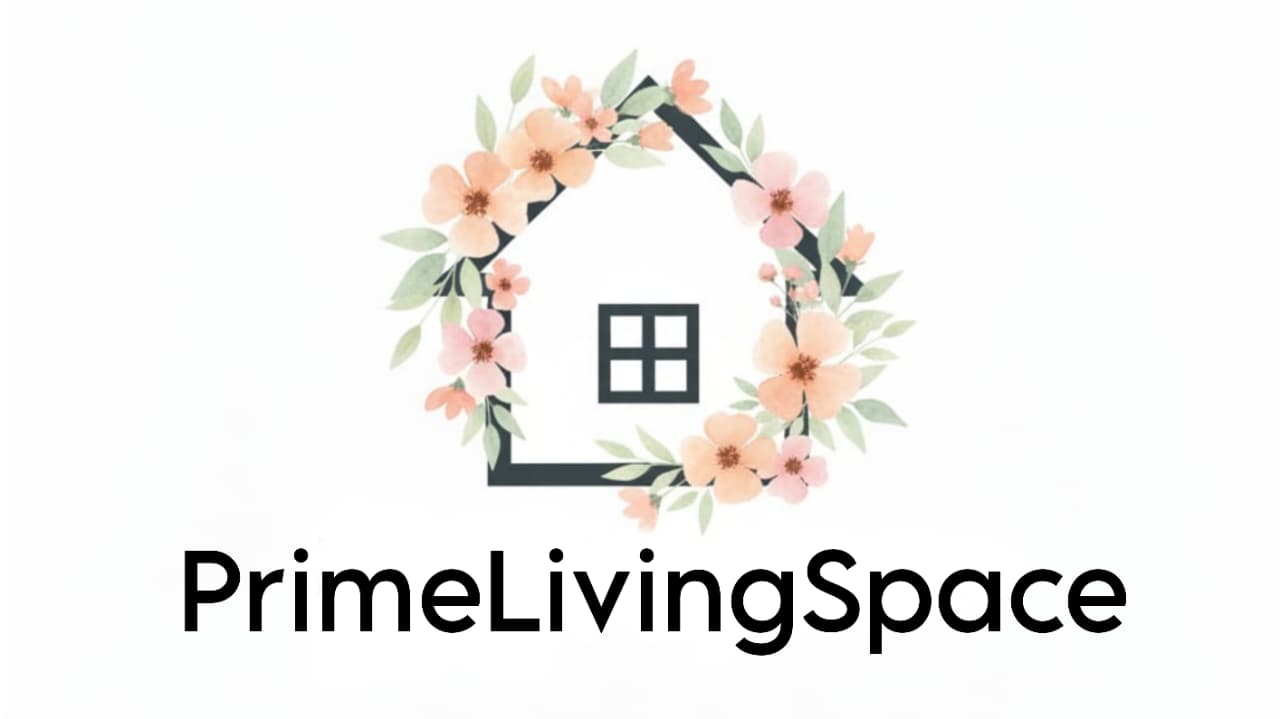
Child development and autism therapy can feel overwhelming for families. You trust your therapy team to know what they’re doing, but how do you really know what your BCBA (Board Certified Behavior Analyst) is trained in? That’s where the BCBA Task List 6th Edition comes in.
Think of it as the official roadmap that every BCBA follows during training and certification. For parents, understanding it—even at a basic level—can give you confidence, clarity, and peace of mind in your child’s ABA journey. You don’t need to memorize every term, but knowing the core areas helps you recognize quality therapy when you see it.
What Exactly Is the BCBA Task List 6th Edition?
The BCBA Task List is like a syllabus that sets the standard for what behavior analysts must know before becoming certified. It’s created by the Behavior Analyst Certification Board (BACB), the governing body that oversees professional standards in Applied Behavior Analysis (ABA).
Purpose of the task list:
- Defines the knowledge, skills, and ethics every BCBA must master.
- Acts as the foundation for the BCBA certification exam.
- Ensures consistent, research-based training across the profession.
Why the 6th Edition matters:
Each new edition reflects the latest research, societal needs, and ethical expectations. The 6th Edition, released in 2022 and effective for exams in 2025, ensures BCBAs are better equipped to handle modern family and therapy challenges.
Quick fact: There have been six versions of the Task List since it first launched. Each revision makes ABA more relevant to today’s children and families.
What Changed in the 6th Edition Compared to the 5th?
Parents may wonder, “Why update the list?” Just like medical guidelines evolve, ABA standards adapt to new research and real-world needs.
Major updates in the 6th Edition include:
- More emphasis on ethics: Stronger guidelines ensure children’s rights and dignity remain central.
- Cultural responsiveness: BCBAs must respect and adapt to families’ cultural backgrounds and values.
- Stronger focus on collaboration: Supervision and teamwork with teachers, caregivers, and other professionals are now prioritized.
Why this matters to parents:
Imagine your family has specific traditions or communication styles. Under the new list, a BCBA is expected to tailor strategies to your culture rather than apply a “one-size-fits-all” approach. This creates therapy that’s safer, fairer, and more effective.
The Four Big Areas of the Task List – Simplified for Families
1. Foundational Knowledge
This includes behavioral principles (like reinforcement and punishment), data collection, and measurement.
- Parent insight: When your BCBA takes detailed data during therapy, it’s not “busy work.” It ensures your child’s progress is tracked accurately and objectively.
2. Skills in Assessment
BCBAs learn to conduct Functional Behavior Assessments (FBAs) to figure out why behaviors happen.
- Example: If your child throws tantrums during transitions, an FBA can uncover whether it’s due to sensory overwhelm, communication gaps, or escape behavior.
3. Intervention & Implementation
BCBAs design individualized treatment plans, using strategies like reinforcement, prompting, or shaping.
- Parent-friendly example: If your child loves trains, your BCBA might turn that interest into a learning tool—labeling trains, requesting them, or practicing social turn-taking.
4. Supervision & Ethics
This area covers leadership, team oversight, and ethical standards.
- Parent insight: If your child works with RBTs (Registered Behavior Technicians), the BCBA should actively supervise and ensure ethical boundaries, respect, and transparency.
Why the Task List Matters for Your Child’s ABA Therapy
For families, the Task List isn’t just an exam outline—it’s a quality assurance tool.
When your BCBA follows the standards:
- Therapy is based on science, not guesswork.
- Progress is measurable and meaningful.
- Your child’s dignity and rights are protected.
Red flag alert: If therapy feels inconsistent, punitive, or lacking in data, it may mean the Task List standards aren’t being followed.
How Parents Can Use This Knowledge in Real Life
You don’t need to memorize the Task List—but you can use it to ask smart questions.
Questions to ask your BCBA:
- “How do you ensure therapy respects our family’s culture and values?”
- “What data are you collecting, and how can I understand it?”
- “How do you supervise the therapy team working with my child?”
Signs of good practice: Clear communication, visible progress charts, and strategies that work both in therapy and at home.
Red flags: Vague answers, lack of data, or dismissing your input as a parent.
Pro tip: Create a small checklist of 3–5 questions to bring to meetings. It keeps you engaged and shows your BCBA that you’re an active partner.
Read:New Child Support Laws 2025: Everything You Need to Know
Common Myths About the Task List
- Myth 1: “It’s just for exams.”
Truth: It guides real-world therapy and professional behavior. - Myth 2: “Parents don’t need to know.”
Truth: Awareness helps you advocate for your child. - Myth 3: “Every BCBA uses it the same way.”
Truth: Skill levels vary, but the Task List creates baseline expectations.
How the Task List Impacts the Whole Family
ABA doesn’t happen in isolation. The Task List ensures everyone in the therapy system works consistently.
- Parents: Clear expectations and accountability.
- Siblings & caregivers: Consistent strategies across home and therapy.
- Children: Safe, ethical, and individualized treatment.
Related Content: HomeAide Home Care: A Complete Guide to In-Home Support for Seniors and Families
Resources & Support for Families
If you’d like to dive deeper, here are reliable places to start:
- BACB Official Task List 6th Edition (PDF) – the official document.
- Autism Speaks: Parent resources on ABA.
- Online communities such as ABA parent support groups on Facebook or Autism forums.
Turning Knowledge Into Empowerment
The BCBA Task List 6th Edition isn’t just a technical document—it’s a framework that ensures your child receives safe, ethical, and effective care. By understanding the basics, you can better advocate for your child, ask sharper questions, and feel more confident in the ABA process.
Final takeaway: You don’t need to know every technical detail. But even a simple grasp of the Task List empowers you to be your child’s strongest voice in therapy.
FAQ (for Parents)
What is the BCBA Task List used for?
It’s the official guide that shapes BCBA training, exams, and practice standards.
How often is it updated?
Roughly every 7–10 years, based on new research and professional needs.
Do all BCBAs have to follow it?
Yes—every BCBA is trained and tested using the current edition.
How does it affect RBTs?
Since BCBAs supervise RBTs, the standards trickle down to everyone on your child’s therapy team.
Is the Task List the same worldwide?
The BACB is U.S.-based, but many countries adopt or align with its standards.




[…] example, the BCBA Task List 6th Edition outlines updated training areas for BCBAs, ensuring modern ABA practices align with ethics and […]